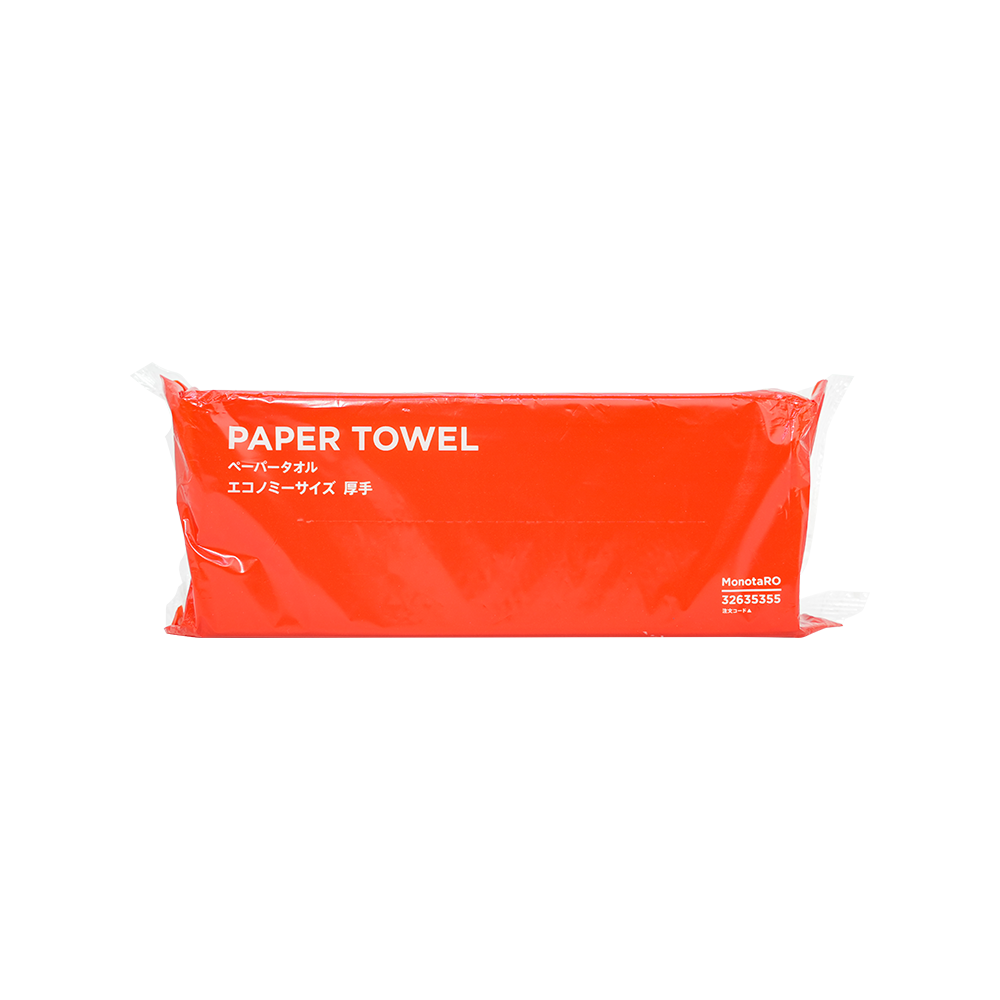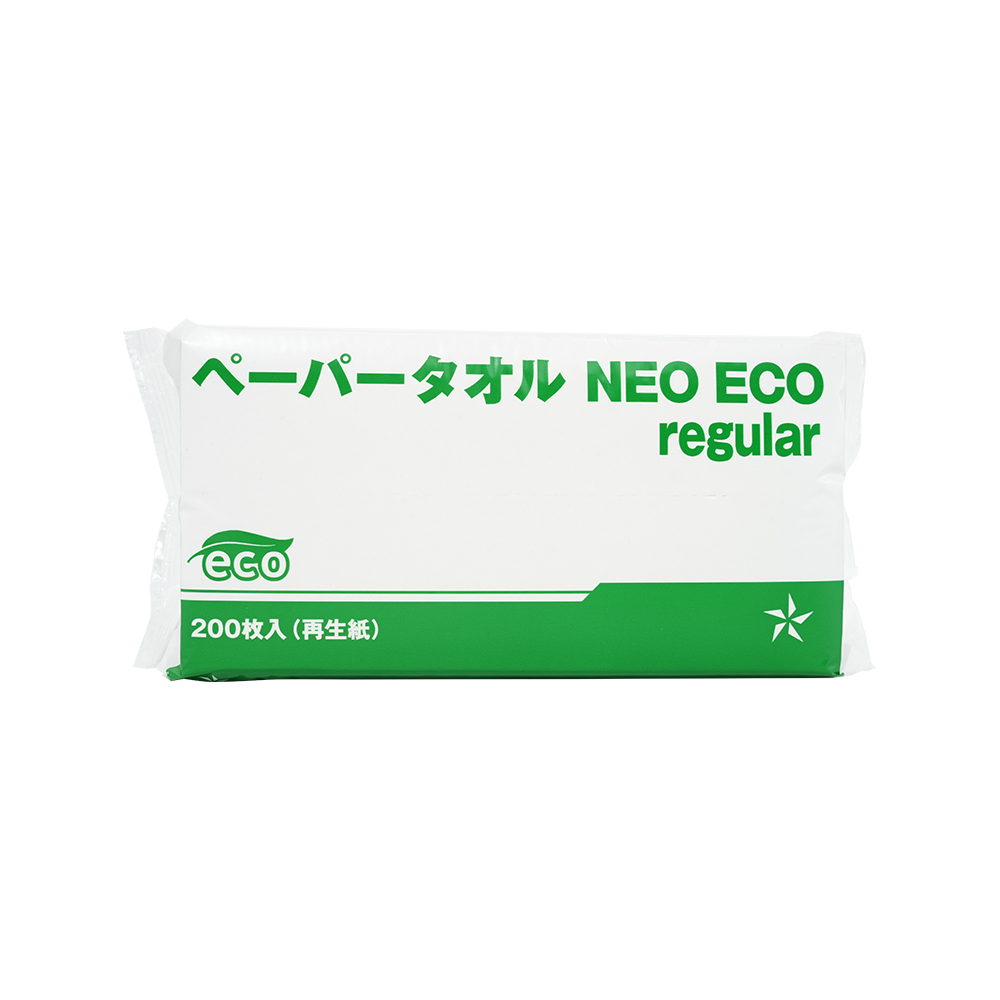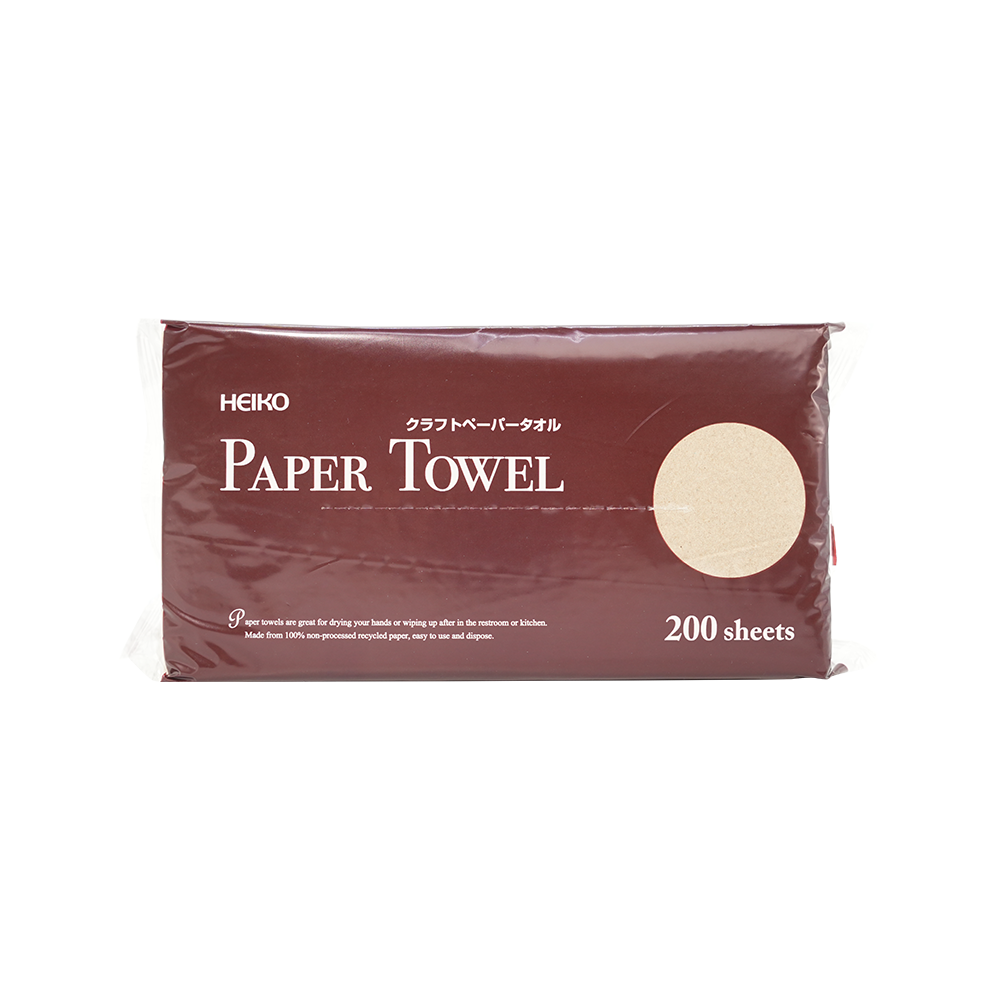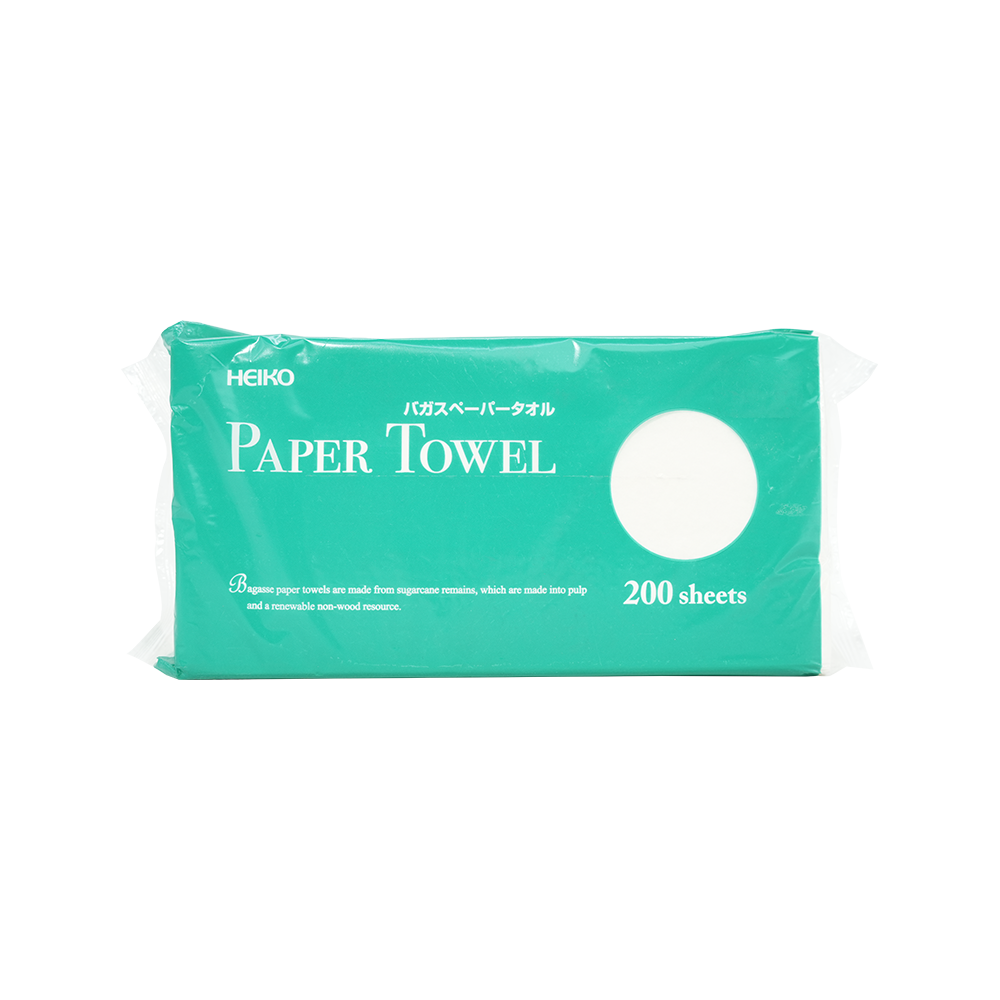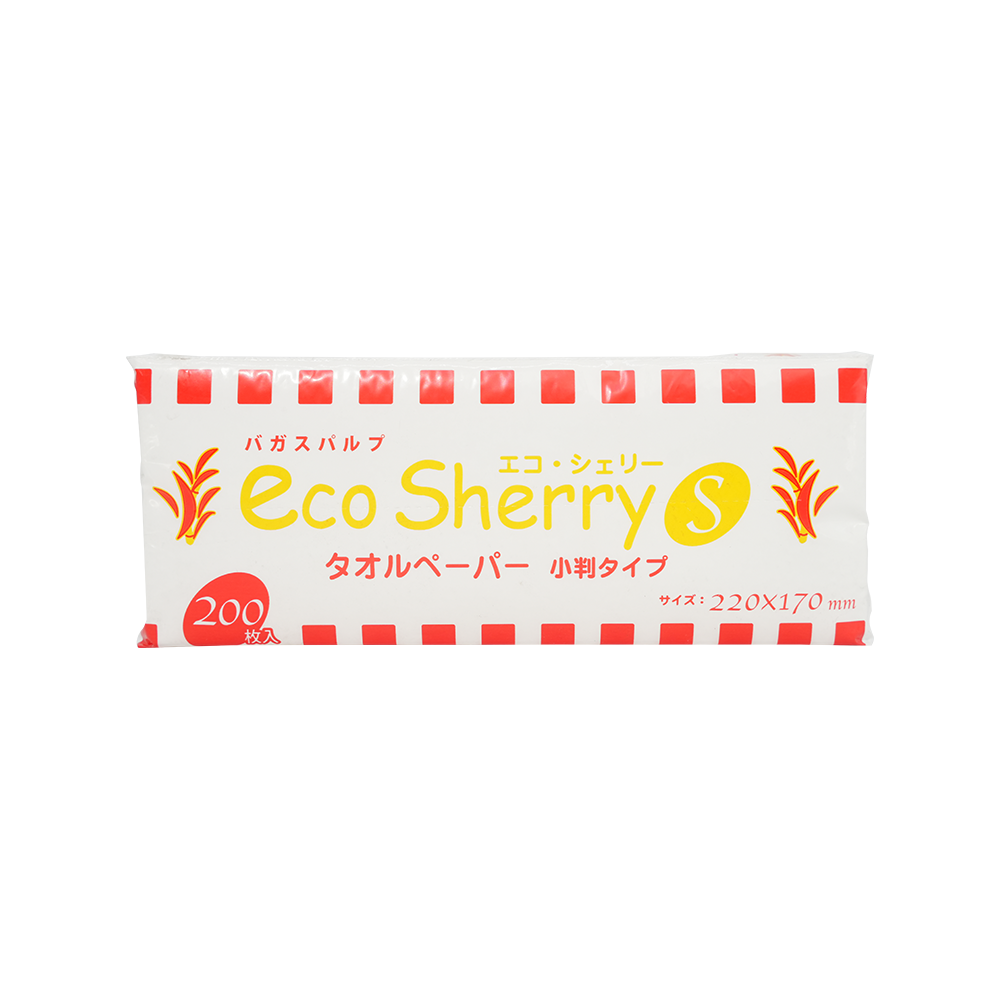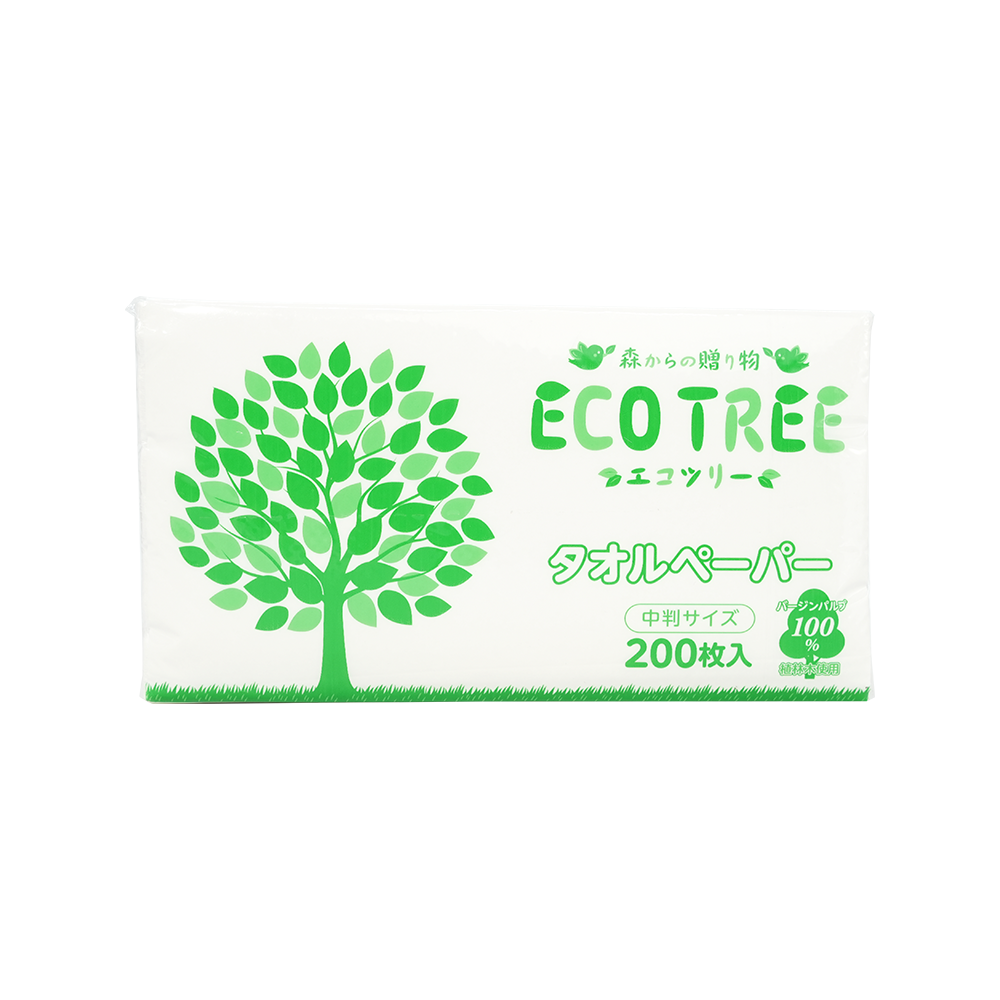The Unsung Hero of Cleanliness: Rethinking Kitchen Paper Towels
 2025.04.11
2025.04.11
 Industry News
Industry News
In the realm of modern kitchens, innovation often wears the guise of stainless steel appliances or high-tech cookware. Yet, amid the gleam and gadgetry, one humble tool has remained indispensable: the kitchen paper towel. Unassuming, yet profoundly utilitarian, this simple sheet of absorbent pulp is a cornerstone of domestic efficiency.
A Silent Powerhouse of Practicality
Kitchen paper towels are not merely tools for wiping up spills; they are agents of immediacy. They offer a swift response to chaos—splattered oil, dripping countertops, a broken glass of juice. In these moments, a roll of paper towels becomes a beacon of order, restoring cleanliness with swift, surgical precision.
Unlike cloth towels, which require laundering and harbor lingering bacteria, paper towels are single-use and sanitary. Tear. Use. Dispose. It’s an elegant cycle that keeps the kitchen ecosystem both hygienic and efficient. For families, especially those with young children, the assurance of cleanliness with minimal cross-contamination is not a luxury—it’s a necessity.
Absorbency as Engineering
While it’s easy to underestimate their design, paper towels are feats of engineering. Crafted through a delicate balance of cellulose fiber density and air-pocket integration, they combine strength with porosity. The result is a material that doesn't just blot; it absorbs with intention.
Some brands layer their sheets with embossed quilting—an aesthetic flourish that also maximizes liquid retention. Others coat them with bonding agents for enhanced durability when wet. These design decisions elevate what seems mundane into a performance-driven product tailored for modern domestic demands.
A Sustainable Evolution
Admittedly, the rise of environmental consciousness has called the paper towel’s disposability into question. But the industry has not stood idle. Manufacturers now prioritize sustainable forestry practices, recycled content, and biodegradable formulations. Many now offer eco-conscious alternatives—unbleached, dye-free, and made from post-consumer materials—that balance efficacy with environmental stewardship.
Moreover, strategic use has emerged as a responsible habit: using paper towels for high-risk messes and reverting to washable cloths for light-duty cleaning. The dual-pronged approach reduces waste without compromising hygiene.
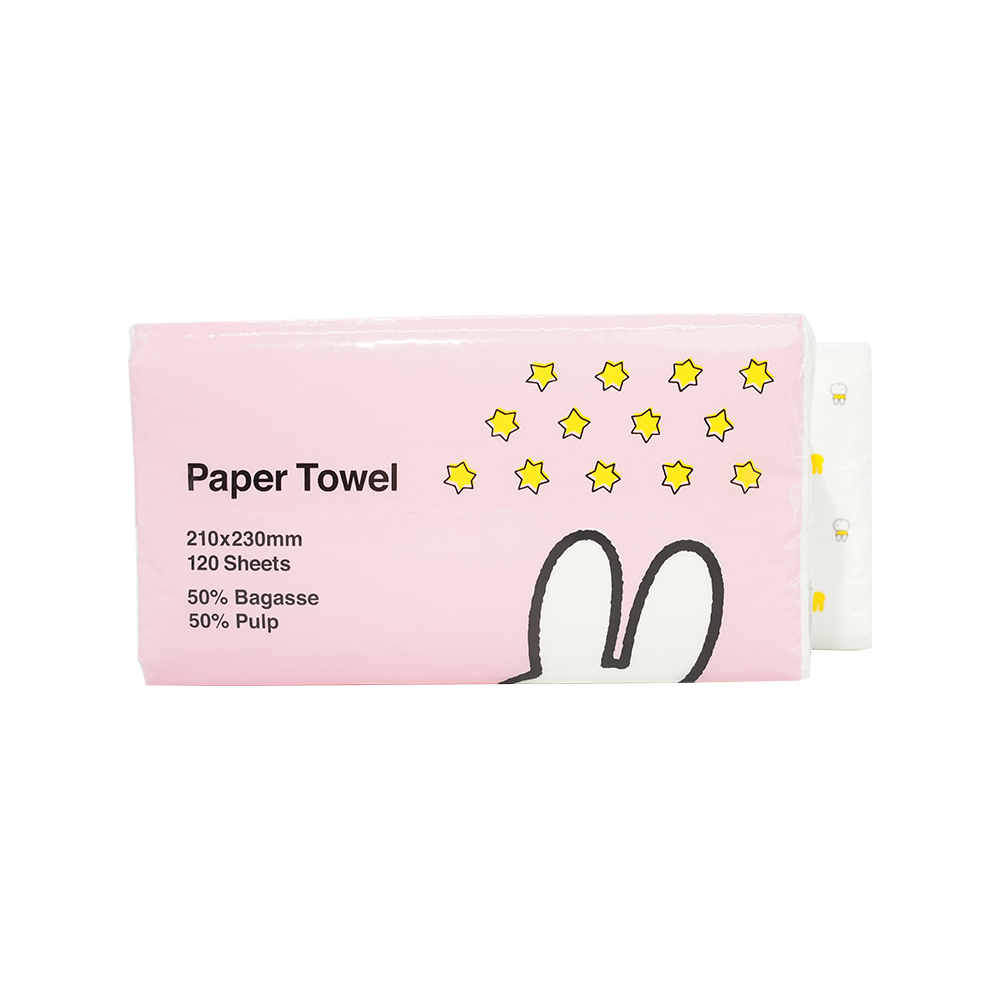
Beyond the Spill: Unconventional Uses
Their utility extends far beyond spills and splatters. Cooks line plates with paper towels to absorb grease from fried delicacies. Bakers use dampened sheets to cover doughs and prevent crusting. Gardeners wrap herbs in moistened paper towels to preserve freshness. Even in the realm of art, paper towels serve as brushes, textures, or tools for blending.
This adaptability cements their place not only as kitchen essentials but as versatile problem-solvers across domestic landscapes.
The Art of Choosing the Right Roll
Not all paper towels are created equal. Some disintegrate under pressure; others feel like sandpaper. The discerning consumer evaluates thickness, texture, ply count, and wet strength. Brands that offer select-a-size options add an extra layer of practicality, allowing users to match sheet size to task. And the coreless roll? A masterstroke of minimal waste and sleek design.
Cost considerations, too, play a role. Higher-priced rolls often justify their cost through superior absorbency and strength—using fewer sheets per task, and thus stretching value.
A Roll Worth Celebrating
In a culture quick to idolize the shiny and the new, it’s easy to overlook the quiet genius of kitchen paper towels. But their effectiveness lies in their simplicity. They don’t need Wi-Fi or digital displays. They just need to be there—reliable, ready, resolute.
As we look to streamline our lives and declutter our spaces, let us remember that true utility doesn’t always come with a user manual. Sometimes, it’s just a sheet away.


 English
English 日本語
日本語 한국어
한국어
